Name Elisabeth Kubler-Ross Role Psychiatrist | Known for Kubler-Ross model Children Ken Ross Spouse Manny Ross (1958–1979) | |
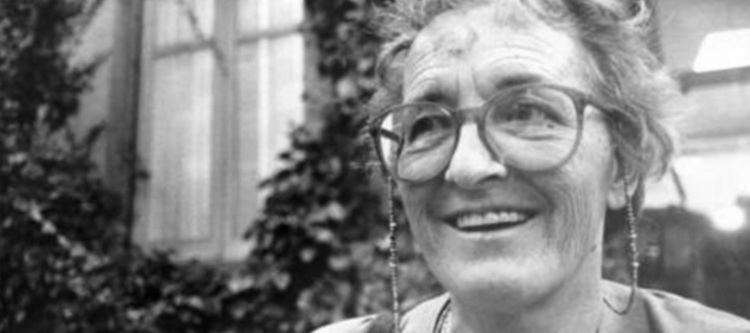 | ||
Born July 8, 1926Zurich, Switzerland ( 1926-07-08 ) Movies Facing Death: Elisabeth Kubler-Ross Books On Death and Dying, On Grief and Grieving, On Life After Death, The wheel of life, Living with death and dying Similar People David Kessler, Ken Ross, Cicely Saunders, Joan Halifax, Stanislav Grof | ||
Elisabeth kubler ross speaks to a dying patient nova interview 1983
Elisabeth Kübler-Ross (July 8, 1926 – August 24, 2004) was a Swiss-American psychiatrist, a pioneer in near-death studies and the author of the groundbreaking book On Death and Dying (1969), where she first discussed her theory of the five stages of grief.
Contents
- Elisabeth kubler ross speaks to a dying patient nova interview 1983
- 5 stages of grief elisabeth kubler ross foundation
- Birth and education
- Personal life
- Academic career
- Healing Center
- AIDS work
- Death
- Honorary degrees
- Quotes
- References
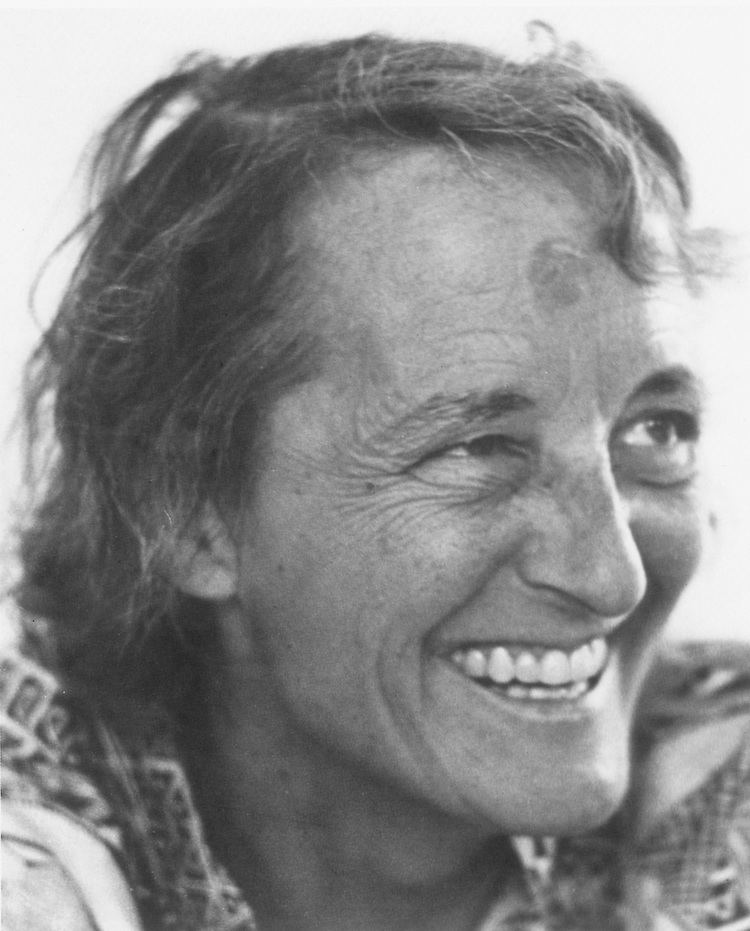
She was a 2007 inductee into the American National Women's Hall of Fame. She was the recipient of twenty honorary degrees and by July 1982 had taught, in her estimation, 125,000 students in death and dying courses in colleges, seminaries, medical schools, hospitals, and social-work institutions. In 1970, she delivered The Ingersoll Lectures on Human Immortality at Harvard University, on the theme, On Death and Dying.
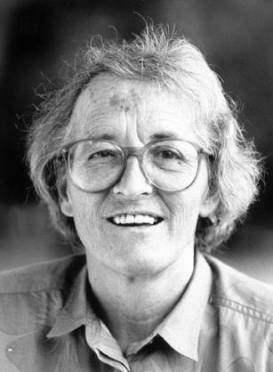
5 stages of grief elisabeth kubler ross foundation
Birth and education
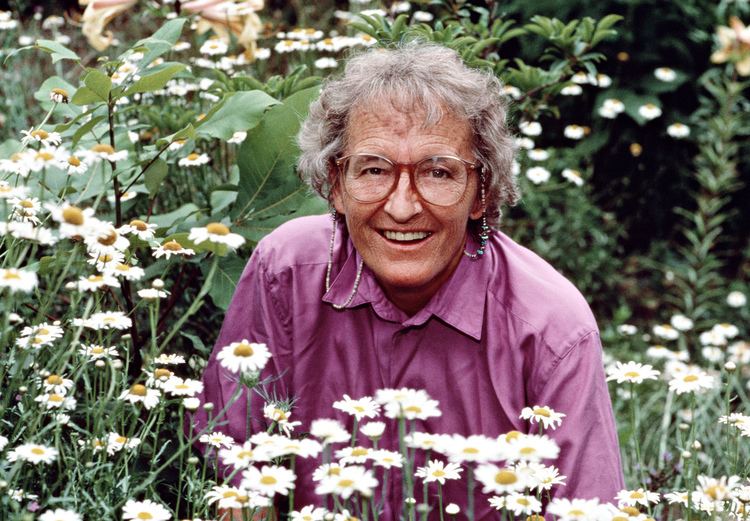
Elisabeth Kübler was born on July 8, 1926 in Zürich, Switzerland, one of triplets. Elisabeth was born fifteen minutes before her identical sister, Erika. Minutes later came her sister, Eva. Her family were Protestant Christians. Her father did not want her to study medicine, but she persisted. Eventually her father took pride in her career. In an interview she stated:
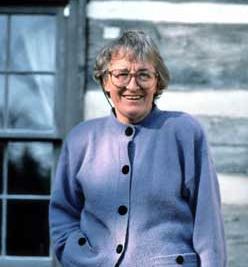
In Switzerland I was educated in line with the basic premise: work work work. You are only a valuable human being if you work. This is utterly wrong. Half working, half dancing - that is the right mixture. I myself have danced and played too little.
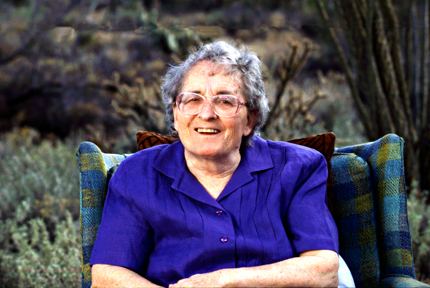
During World War II she became involved in refugee relief work in Zürich and later visited Majdanek death camp. She graduated from the University of Zürich medical school in 1957.
Personal life
In 1958 she married a fellow medical student from America, Emanuel ("Manny") Ross, and moved to the United States. Becoming pregnant disqualified her from a residency in pediatrics, so she took one in psychiatry. After suffering two miscarriages, she had a son, Kenneth, and a daughter, Barbara, in the early 1960s. Her husband requested a divorce in 1979.
Academic career
Kübler-Ross moved to New York in 1958 to work and continued her studies.
As she began her psychiatric residency, she was appalled by the hospital treatment of patients in the U.S. who were dying. She began giving a series of lectures featuring terminally ill patients, forcing medical students to face people who were dying.
In 1962 she accepted a position at the University of Colorado School of Medicine. Kübler-Ross completed her training in psychiatry in 1963, and moved to Chicago in 1965. She became an instructor at the University of Chicago's Pritzker School of Medicine. She developed there a series of seminars using interviews with terminal patients, which drew both praise and criticism. She sometimes questioned the practices of traditional psychiatry that she observed. She also undertook 39 months of classical psychoanalysis training in Chicago.
Her extensive work with the dying led to the book On Death and Dying in 1969. In it, she proposed the now famous Five Stages of Grief as a pattern of adjustment: denial, anger, bargaining, depression, and acceptance. In general, individuals experience most of these stages when faced with their imminent death. The five stages have since been adopted by many as applying to the survivors of a loved one's death, as well.
Healing Center
Kübler-Ross encouraged the hospice care movement, believing that euthanasia prevents people from completing their 'unfinished business'.
In 1977 she persuaded her husband to buy forty acres of land in Escondido, California, near San Diego, where she founded "Shanti Nilaya" (Home of Peace). She intended it as a healing center for the dying and their families. She was also a co-founder of the American Holistic Medical Association.
In the late 1970s, she became interested in out-of-body experiences, mediumship, spiritualism, and other ways of attempting to contact the dead. This led to a scandal connected to the Shanti Nilaya Healing Center, in which she was duped by Jay Barham, founder of the Church of the Facet of the Divinity. Claiming he could channel the spirits of the departed and summon ethereal "entities", he encouraged church members to engage in sexual relations with the "spirits". He may have hired several women to play the parts of female spirits for this purpose. Kubler-Ross' friend Deanna Edwards attended a service to ascertain whether allegations against Barham were true. He was found to be naked and wearing only a turban when Edwards unexpectedly pulled masking tape off the light switch and flipped on the light.
AIDS work
One of her greatest wishes was her plan to build a hospice for infants and children infected with HIV to give them a last home where they could live until their death, inspired by the aid-project of British doctor Cicely Saunders. In 1985 she attempted to do this in Virginia, but local residents feared the possibility of infection and blocked the necessary re-zoning. In 1994, she lost her house and possessions to an arson fire that is suspected to have been set by opponents of her AIDS work.
She conducted many workshops on AIDS in different parts of the world. In 1990 she moved the Healing Center to her own farm in Head Waters, Virginia, to reduce her extensive traveling.
Death
Kübler-Ross suffered a series of strokes in 1995 which left her partially paralyzed on her left side, and the Shanti Nilaya Healing Center closed around that time. She found living in a wheelchair, slowly waiting for death to come, an unbearable suffering, and wished to be able to determine her time of death. In a 2002 interview with The Arizona Republic, she stated that she was ready for death. She died in 2004 at her home in Scottsdale, Arizona, and was buried at the Paradise Memorial Gardens Cemetery.
Honorary degrees
Quotes
There are no mistakes - no coincidences All events are blessings given to us to learn from
Learn to get in touch with the silence within yourself and know that everything in this life has a purpose
The ultimate lesson all of us have to learn is unconditional love - which includes not only others but ourselves as well
